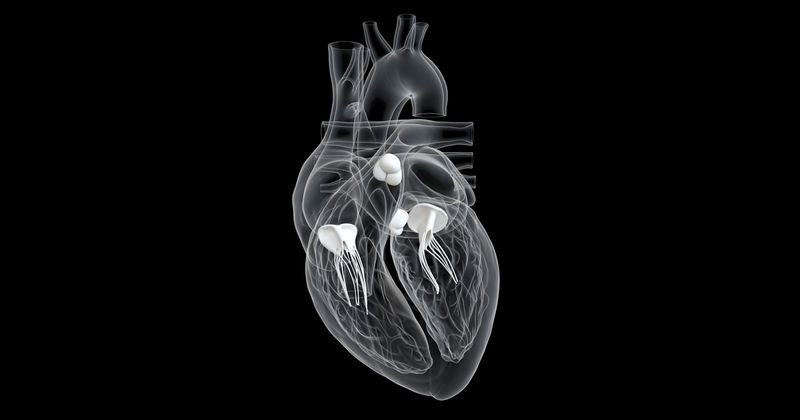TAVR feasible in patients with moderate or severe LV outflow tract calcification
Patients with left ventricular outflow tract calcification who underwent transcatheter aortic valve replacement did not have elevated risk for poor short- and midterm clinical outcomes, according to new data from the SOLVE-TAVI trial.
Clinical outcomes in those with moderate or severe LV outflow tract (LVOT) calcification also did not differ by valve type, according to the researchers.

As Healio previously reported, in the main results of SOLVE-TAVI, a self-expanding valve (CoreValve Evolut R, Medtronic) was equivalent to a balloon-expandable valve (Sapien 3, Edwards Lifesciences) for 30-day outcomes in patients with symptomatic aortic stenosis who underwent transfemoral TAVR.
For the present analysis, Serdar Farhan, MD, interventional cardiologist and assistant professor of medicine at Icahn School of Medicine at Mount Sinai, and colleagues stratified 416 patients from SOLVE-TAVI by whether they had moderate or severe LVOT calcification; 34.4% did.
Among those who had moderate or severe LVOT calcification, the mean age was 82 years and 43% were women. Among those who had no or mild LVOT calcification, the mean age was 81 years and 55% were women.
Compared with no or mild calcification, moderate or severe LVOT calcification was associated with longer fluoroscopy time (P = .01) and higher rates of pre-dilation (P = .014) and post-dilation (P = .003), Farhan and colleagues found.
The primary endpoint, a composite of death, stroke, moderate or severe paravalvular regurgitation, permanent pacemaker implantation and annulus rupture at 30 days, did not differ by valve type in those with no or mild LVOT calcification (self-expanding valve, 25%; balloon-expandable valve, 27%; HR = 1.1; 95% CI, 0.68-1.73; P = .73) and in those with moderate or severe LVOT calcification (self-expanding valve, 25%; balloon-expandable valve, 19.4%; HR = 0.76; 95% CI, 0.38-1.61; P = .49; P for interaction = .29), Farhan and colleagues wrote.
There were also no differences between the valve groups in 1-year all-cause mortality (P for interaction = .84) or CV mortality (P for interaction = .9) in those with no or mild LVOT calcification and in those with moderate or severe LVOT calcification, according to the researchers.
“It can generally be assumed that both next-generation valve designs are safe to use in moderately or severely calcified annuli,” Farhan and colleagues wrote. “However, implantation seems to be more challenging, as reflected by slightly longer fluoroscopy times and higher numbers of pre- and post-dilation in our study cohort, and, as the overall incidence of procedural complications in our cohort was low, an increased risk for annular rupture and paravalvular regurgitation could not be entirely excluded. Hence, a high degree of caution should nonetheless be exercised concerning the placement of the valve prosthesis, and interventions in patients with calcified LVOT should be reserved for the most experienced of operators.”
